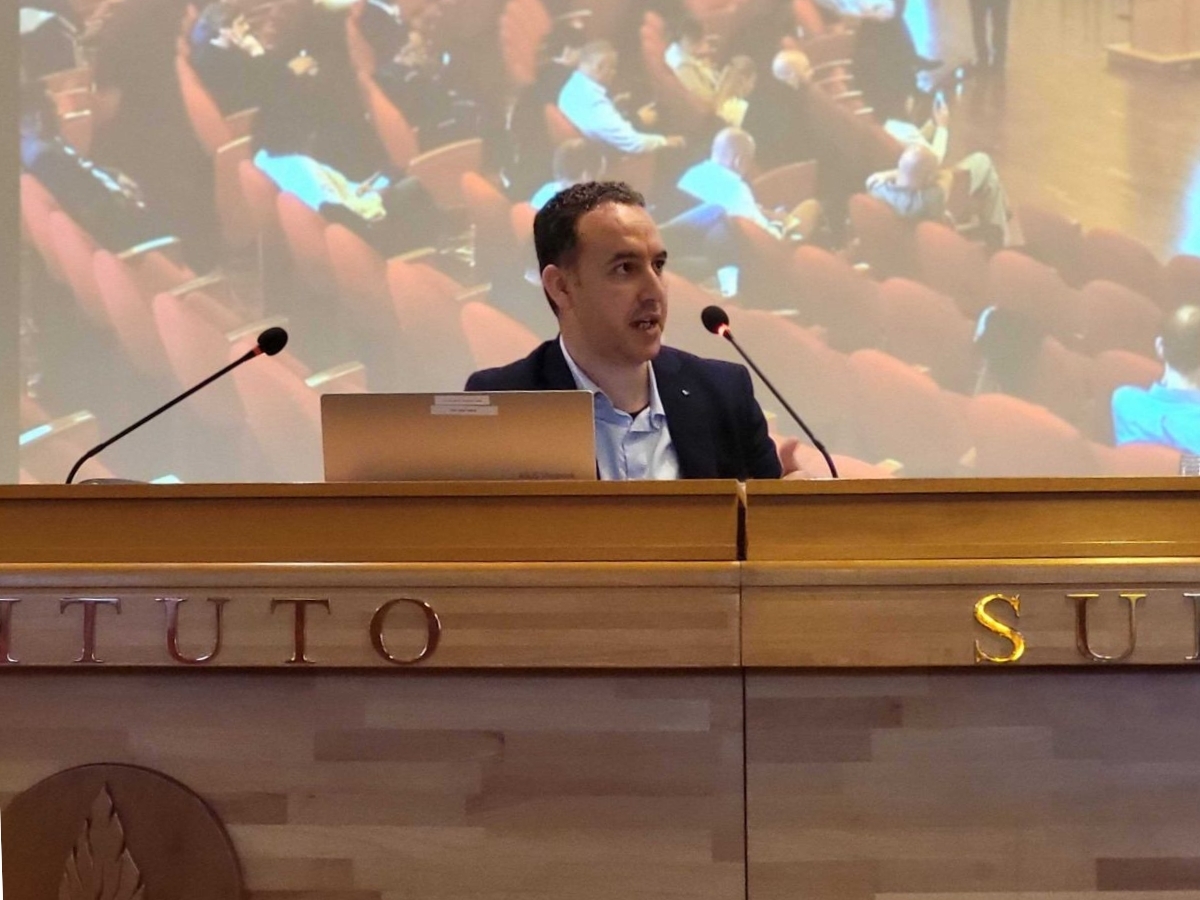Advanced Mobile Location (AML): a major step forward
AML is a game-changer in emergency response situations because it allows emergency services to quickly and accurately locate individuals in distress. This can be particularly beneficial in cases where the caller is unable to provide their location or is incapacitated. Whenever an individual calls an emergency number, AML is automatically activated on the caller’s phone. This system then proceeds to activate the Wi-Fi and location services on the device and sends the GPS coordinates in the form of an SMS to the emergency services.
Standardized in 2019 by ETSI’s Emergency Communications Technical Committee (EMTEL), AML has, since 2022, been made mandatory for all smartphones sold in the European Union. This move has been lauded as a significant step forward in the realm of emergency response services and will undoubtedly save countless lives. Today, AML is available in a growing number of countries around the world, it still needs to become more widely adopted to revolutionize the way emergency response services operate.
The corner cases of AML
The location provided to the Public Safety Answering Point (PSAP) is derived from the devices’ location capabilities, meaning that:
– A subscriber with a phone that does not support AML cannot be accurately located if the PSAP exclusively relies on this technology
– AML doesn’t systematically work for roamers because they don’t always have proper access to the service due to routing or billing issues
AML relies on the transport of location data via SMS or HTTP, thus it requires an accessible SMSc (SMS Center) or internet connection via the mobile network operators. In other words:
– A subscriber with no valid data subscription has no way to transmit HTTP
– A subscriber with a blocked subscription potentially has no access to the SMSc (SMS Center)
– Although 112 emergency calling is supported without a valid SIM or even no SIM at all, AML will not work as there is no SMSc (SMS Center) or PGW (Packet Data Network Gateway) to transport AML data
Bridging the gap for AML coverage by combining technologies
With the next-generation networks (NGN), emergency call location and routing services will be independent of transport details, which improves the situation described above. However, it will take some time to be fully operational on a global scale…
Telecom networks remain very reliable infrastructures to accurately locate the highest percentage of the population in an emergency situation. They can benefit from a very wide set of location technologies to provide a mix of accuracy, reliability, and coverage ensuring that, ultimately, the best available location is reported as fast as possible to the PSAP, which is what matters in the end.
Thus, on December 16, 2022, the European Commission released a delegated regulation supplementing the European Electronic Communications Code (directive 2018/1972) requiring competent regulatory authorities to establish the caller location accuracy and reliability criteria to be met through network-based AND handset-derived technologies: “The mix of these technologies ensures that even where a handset-derived caller location solution fails to make the caller location information available to the most appropriate PSAP, emergency services can rely on network-based location to usefully come to the end-user’s assistance”.
Combining technologies not only accurately routes the call or SMS to the most relevant PSAP, but most importantly, ensures the reliability and accuracy of the location information, whether the caller’s phone is equipped with AML or not. In other words, AML-related data combined with MNO-originated location ensure that the most accurate and reliable location information is reported and that no one is left behind.
Advanced Mobile Location (AML) technology has become increasingly important in emergency situations as it provides accurate location data to Public Safety Answering Points (PSAPs) when a person makes a call or sends a text message to emergency services.
This article was first published on the EENA website.
 Emergency response in the digital age: why you have to go all in" />
Emergency response in the digital age: why you have to go all in" />

.jpg)









.webp)


.webp)




















